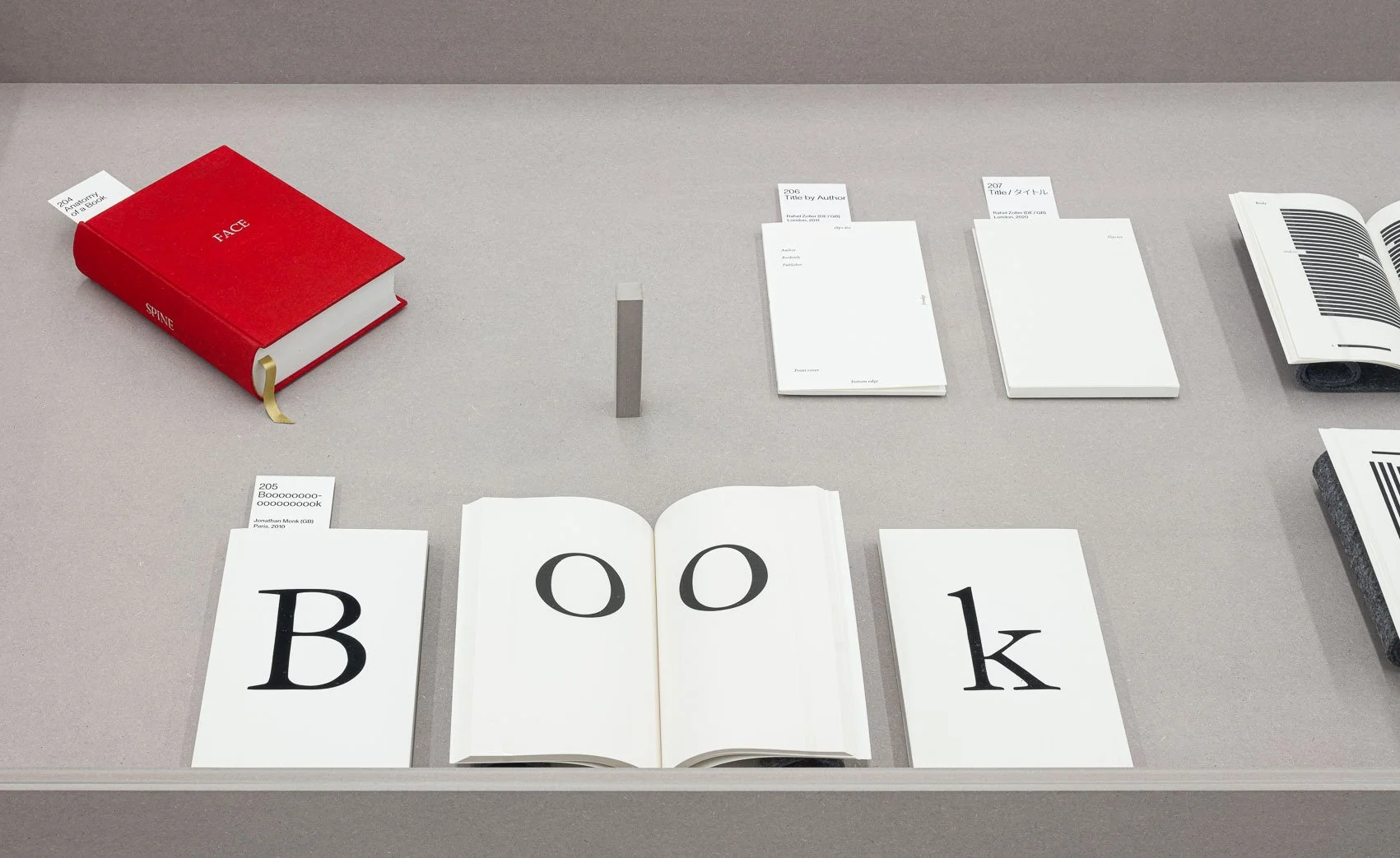A Rahel Zoller Talk
Book artist, designer, publisher, writer.
Self-publishing and artist books
The form of the book in relation to the content
Materiality
Contemporary experimental publishing
The book as experience
“The Never Ending Story”
Visualizing the story.
How can you prompt the reader with subtle design choices?
The theory of semiotics
“The inner monologue of a book”
Personify the book
It has its own spirit.
Reflects on its own being.
Document the change of print on demand through time.
Head, tail, and spine. The origin of this comes from leather books. Grain direction from the head to the tail of the animal skin leather came from. Parallel to the spine.
Break down language through the culture differences of the book layout.
She did an artist residency in Japan.
Western version of the book; Head, Tail, Spine.
Japanese version of the book; Sky, Ground, Spine.
Wow, just wow. Beautiful. What does that say about the scope of physical and poetic possibilities of the book for each culture?
The metaphor to re-think the book.
Play on breaking industry and societal norms.
Copyright for written material ends 70 years after author’s death.
1800s books? What can you play with?
Self-publishing books, sell then make more.
Mark Fischer - Towards a Self-sustaining publishing model
Catalogue of mistakes
Mistakes will always be a part of the process
Materiality
How can a book speak by itself through material?
Artists book collective - everyone pays a yearly fee of around £180, this goes towards going to book fairs.
You make all these books, but where do you show it?
Recycled material bookstands
Book furniture
Be careful because it may look so precious people don’t want to touch it.
Books that transform your thinking.
Think Well.
How can you illuminate hidden histories through the story on top of the story?
Refusing to be forgotten.
“I don’t want this to be forgotten”
Immortalise it through print.
Don’t be scared of print on demand. Everything doesn’t have to be handmade. Choose with care what you make in special editions. Longer projects (writing-wise) can be PoD. Don’t be afraid to tape and staple. It doesn’t have to be “bound”.
-
Small content
The most beautiful thing to you.
Produce 100 copies.
Thread bind.
Make an edition.
Moment of fulfilment - when Title, Materiality, and Form all come together in Mind
Lean into the conceptual
What’s the narrative and how do these elements translate to tell the story; materiality or form or both?
White covers struggle to sell in bookshops because they get dirty easily.
Can you lean into this element?
Tree-free paper?
Can the paper make a connection to the intent, a subtle link; thread, colour, print colour?
-
One of the most enlightening points from the talk was her insightful comparison of cultural perspectives on book element names. In the Western tradition, we refer to these as Head, Tail, and Spine, whereas in Japan, they’re known as Sky, Ground, and Spine. This stark contrast beautifully illustrates the divergence in mindset between my own culture and the one that continually inspires me. It transcends the merely human, hinting at a broader, more cosmic frame of mind.



